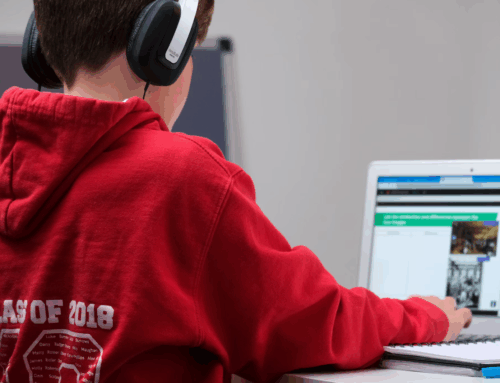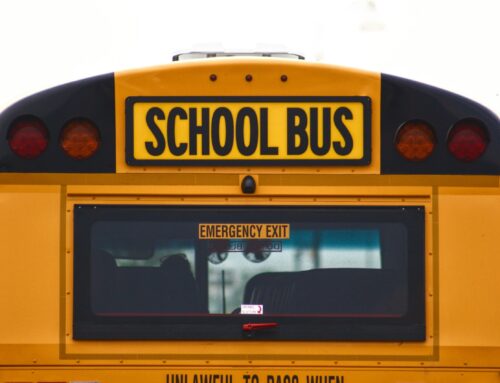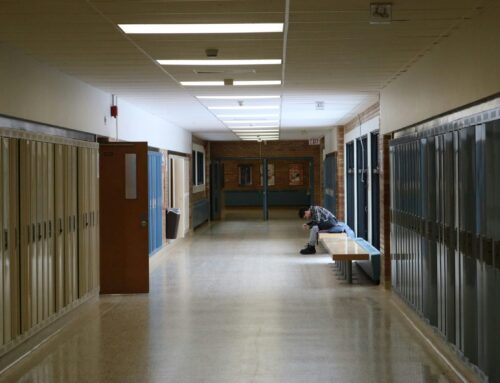 It’s a classic American scene: The lunch lady plops a mysterious jiggling blob onto your tray. The mystery meat seeps juice, slimily mingling with peas and coating the bottom of your milk carton. Just as you have time to gaze down in despair, she cries out: NEXT!
It’s a classic American scene: The lunch lady plops a mysterious jiggling blob onto your tray. The mystery meat seeps juice, slimily mingling with peas and coating the bottom of your milk carton. Just as you have time to gaze down in despair, she cries out: NEXT!
Luckily this scene is mostly fiction, but the basic menu of meat, bread, vegetables, and dairy is grounded in some real history. School lunch was first standardized as a means of ensuring health and prosperity in American youth. President Harry S. Truman signed the National School Lunch Act in 1946 in response to many Americans being rejected from military service for poor dietary health. Truman attempted, in signing the bill, to feed America’s children a healthy, diverse lunch. Teaching the connection between health and nutrition, children were now eating a standardized meal that benefited their overall health.
Years later in 1966, President Lyndon B Johnson further fed the children when signing the School Breakfast Program, which provided free breakfast to students from low income families. In signing this act he remarked that “good nutrition is essential to good learning.”[1]
And where do these nutritional foods come from? Primarily, school lunches are USDA approved meals which come to schools through purchasing companies. I recall seeing the distribution truck roll up to my middle school, loading up the cafeteria with food commodities that are often processed. These are things like breads, meats, cheese, and other packaged snacks which can be transported and stored easily. When schools attempt to order more nutritious, whole foods, they meet the difficulty of higher prices and less demand; it’s simply easier for schools to serve more processed foods as the systems in place are designed for these less nutritious cuisines.[2]
It is also important to note that many schools do not prepare meals themselves. And will rather outsource preparation to centralized kitchens or a privately owned company kitchen. This is likely the distribution truck I recall pulling up to my school. And these companies take on the burden of creating menus and deciding what school children will be eating. These companies even will serve foods in places other than schools, like group homes, elder living facilities, and prisons, yet legislation and social stigma play a large part in what is offered to each demographic.
In more modern legislation, regulating the meals schoolchildren eat is still a means at which politicians can improve national health. In 2010 the Hunger-Free Kids Act was passed in response to increasing levels of obesity in the youth. By just 2014, 90% of schools reported successfully meeting nutrition standards.[3] And in April of 2024, the USDA updated the nutrition standards to allow less sugars, less sodium, and more whole grain-rich in students meals.[4]
Regardless of what is served in the cafeteria line, school lunch will always be an exciting time for every student. The glorious release of the lunch bell, the slide of a plastic tray against aluminum runners, and the final plop of mystery meat, school lunch is a time for feeding your body after spending the morning feeding your brain. Even if there is not something you might like on the menu, it is a meal that is certain and nutritious, and you will surely have pizza on Fridays.
[1] https://www.farmaid.org/blog/askfarmaid/where-does-school-food-come-from/
[2] https://www.ilsna.net/resources/schoolnutrition/historyschoollunch
[3]https://www.usda.gov/about-usda/news/press-releases/2014/05/20/fact-sheet-healthy-hunger-free-kids-act-school-meals-implementation
[4]https://www.congress.gov/crs-product/R47522
Photo by Isabella Fischer for Unsplash.




